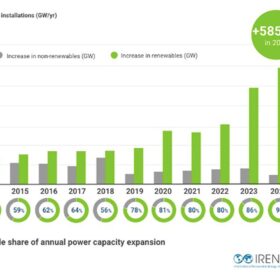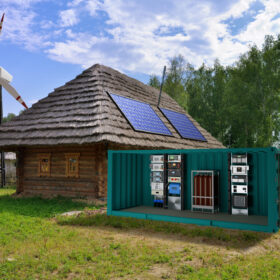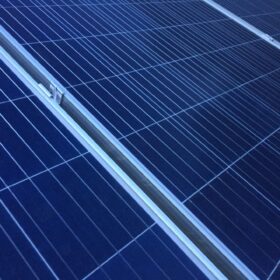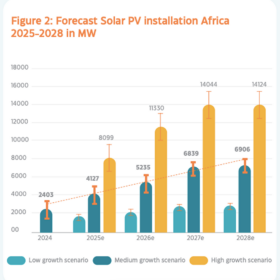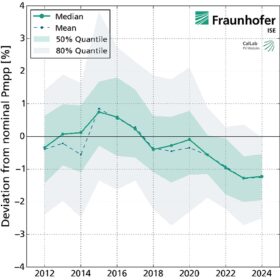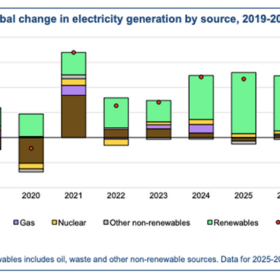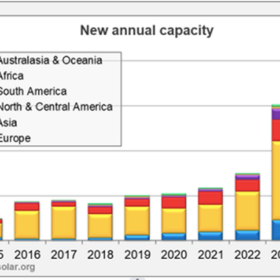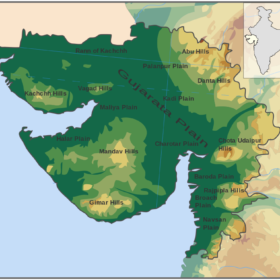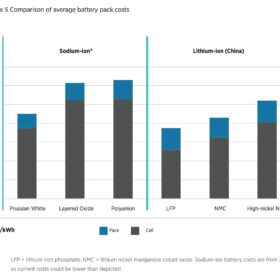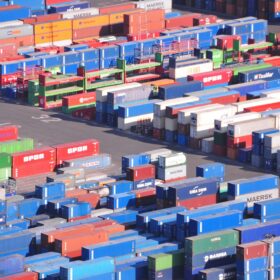Solar adds record 452 GW to global renewables capacity in 2024
Global renewables capacity grew by a record 585 GW in 2024, with solar accounting for 452 GW, according to the International Renewable Energy Agency (IRENA). Solar and wind together made up 96.6% of the increase.
Fraunhofer showcases hydrogen microgrid platform
The Fraunhofer Institute for Machine Tools and Forming Technology IWU will showcase a new hydrogen microgrid platform at the end of March. The researchers say it could help to serve hospitals, remote rural areas and war-torn regions.
Prices rising across China’s PV supply chain, says EnergyTrend
Taiwan-based research firm EnergyTrend says market optimism in China has driven up solar module prices, while production of modules, cells, and wafers has increased month on month.
Scatec signs PPA for large-scale solar-plus-storage project in Egypt
Norway’s Scatec Asa has signed a 25-year power purchase agreement (PPA) with Egypt Aluminium for a 1.1 GW solar plant with 100 MW/200 MWh of battery energy storage. The agreement has been billed as Egypt’s first utility-scale PPA with an industrial offtaker.
Africa’s solar capacity forecast to double over next four years
A report from the Global Solar Council says Africa’s solar deployment is set to accelerate in the coming years, but stresses that mobilizing finance and strong regulatory frameworks will be required to attract investors.
Fraunhofer ISE research finds solar module output ‘often overstated’
A longitudinal research project from the Fraunhofer Institute for Solar Energy Systems ISE reveals that since 2017, the institute has measured less power on average in a solar module than promised by the manufacturer.
Bids open for solar-powered lift irrigation systems in Bhutan
The International Centre for Integrated Mountain Development (ICIMOD) is running a tender for the design, supply, installation, testing and commissioning of two solar-powered lift irrigation pilot systems in Bhutan. The deadline to submit proposals is March 21, 2025.
Solar generation grew by 30% in 2024, says IEA
The International Energy Agency’s latest market analysis says global solar generation surpassed the 2,000 TWh mark in 2024. It grew by 30% year-on-year for its highest growth rate since 2017, adding 475 TWh in the calendar year.
TrinaTracker establishes 3 GW factory in Saudi Arabia
The facility will manufacture TrinaTracker’s Vanguard series of solar trackers and smart control systems. Commercial operation is set to begin during the first quarter of this year.
Global utility-scale solar additions hit 182 GW in 2024
Utility-scale solar installations reached 182 GW (AC) in 2024, with the top 33 countries now accounting for 765 GW, or roughly 93% of the global total, according to Wiki-Solar.
